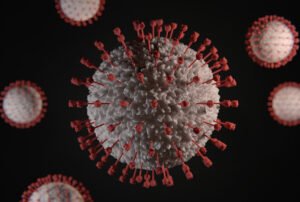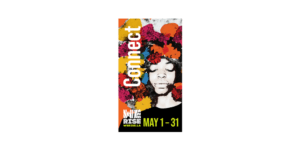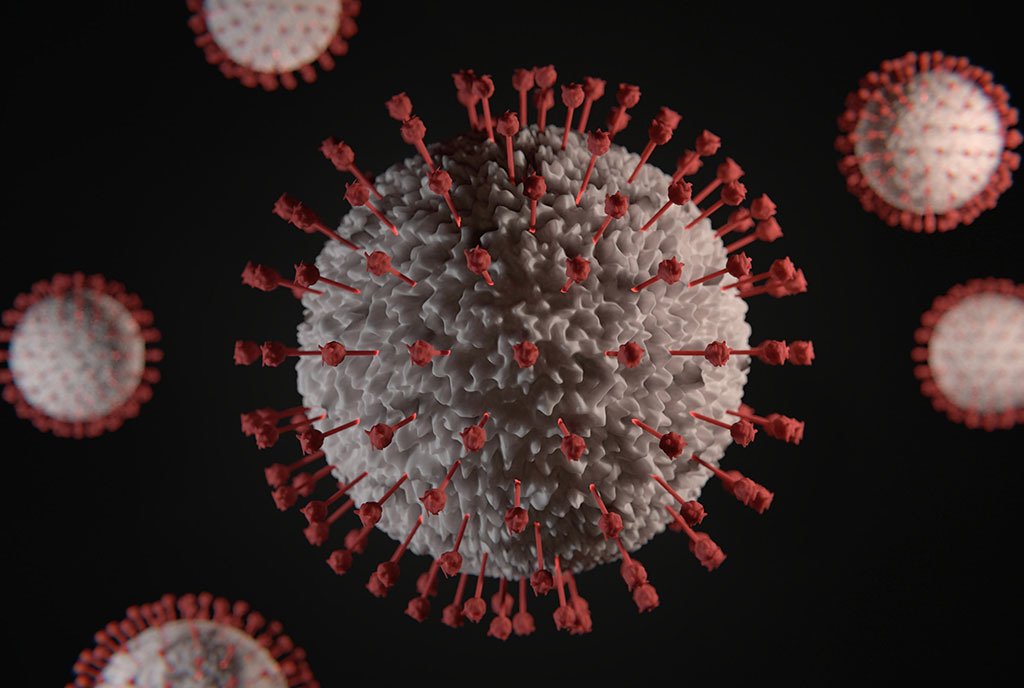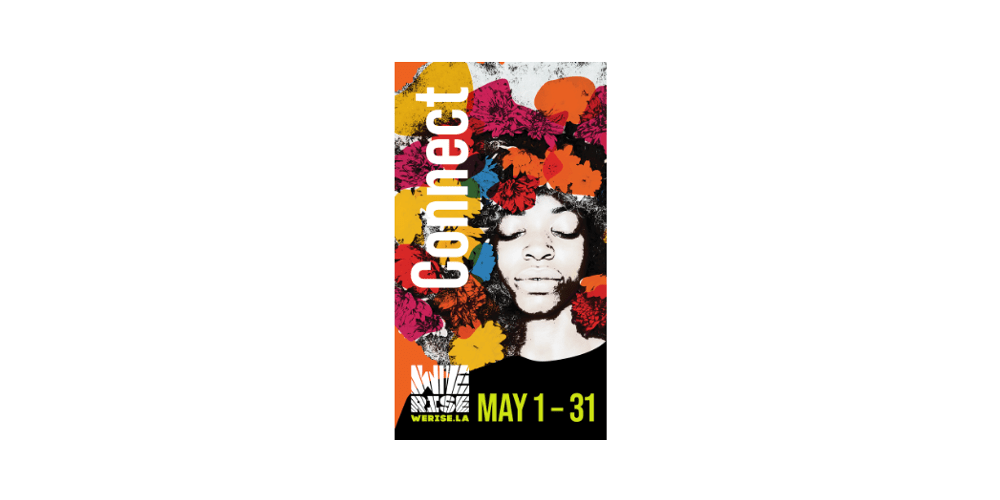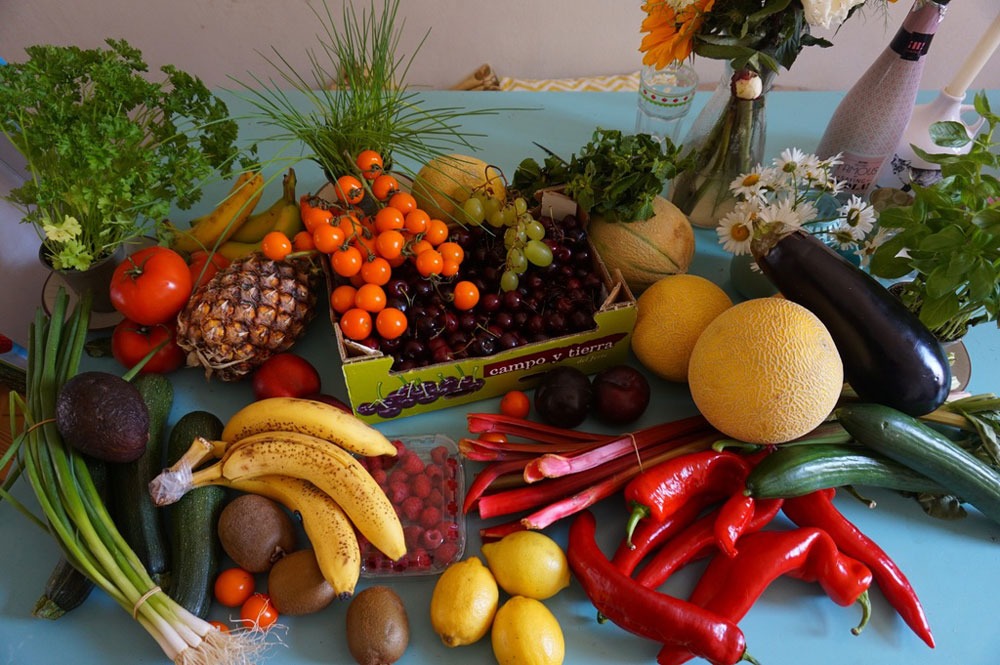
August 13, 2020; Civil Eats
A healthy diet, one rich in fresh fruits and vegetables, has long been recognized as essential to human health, and as an important tool for preventing and managing some chronic health conditions. One strategy for ensuring people have access to fresh foods is to have physicians and dietitians write prescriptions for them. As reported last week in Civic Eats by Andy Hirschfeld, produce prescription programs (PPPs) have been around for years, but in recent months, they’ve really taken off.
The concept of “food as medicine”—that is, something that can be prescribed by health professionals—may be new to some readers. But for people trying to manage chronic conditions like hypertension, diabetes, or obesity, or those who otherwise cannot access fresh foods, a bag or box of fresh produce each week is perhaps the best medicine they can receive. Many PPPs operate with support from the US Department of Agriculture Farmers’ Market Nutrition Program, which serves WIC participants; or the Senior Farmers’ Market Nutrition Program, which serves low-income seniors. While PPPs often operate in urban areas, especially food deserts where fresh produce may be hard to come by, others serve residents in suburban or rural areas. Generally, the fresh foods are offered at a subsidized price.
In 2010, 36 states had PPPs; in 2020, 49 states have active programs. In recent months, the pandemic has led to much higher demand for PPPs, for a number of reasons:
Sign up for our free newsletters
Subscribe to NPQ's newsletters to have our top stories delivered directly to your inbox.
By signing up, you agree to our privacy policy and terms of use, and to receive messages from NPQ and our partners.
- With the staggering number of job losses, more families are unable to afford groceries, and fresh produce is more expensive than other options. Without subsidies, those struggling with food insecurity are likely to opt for cheaper, less healthy choices.
- Some Americans with health concerns are afraid to go shopping for food these days, as they try to avoid exposure to COVID-19 in public places. Some PPPs have added contactless pickup or delivery options.
- Many people—with or without chronic health conditions—are more aware than they were six months ago that a healthy diet is good for the immune system and is one effective strategy for avoiding some illnesses. So those who qualify for PPPs (for health and/or financial reasons) but have not sought prescriptions in the past have been reconsidering.
From a nonprofit perspective, and in view of the pandemic-battered U.S. economy, the cross-sector collaborations behind and the ripple effects of PPPs are worth noting. Examples include:
- Windy City Harvest VeggieRx in Chicago, a cooperative program developed by the Chicago Botanic Garden, Lawndale Christian Health Center, and the University of Illinois-Chicago’s Chicago Partnership for Health Promotion.
- In New York City, the Pharmacy to Farm PPP was launched three years ago, and allows independent pharmacies to give residents who take hypertension medications and receive Supplemental Nutrition Assistance Program (SNAP) benefits monthly $30 coupons for fruits and vegetables from local farmers markets.
- In Charlottesville, Virginia, Fresh Farmacy, a program of Local Food Hub, has since March considerably increased the amount of fresh food provided to patients each week, has engaged food workers from the University of Virginia—idled after students were sent home in the spring—in packing and delivering fresh food to local recipients, and has been able to purchase food from small farms in central Virginia that lost their usual customers when restaurants were shuttered.
As noted in Civic Eats, while PPPs offer significant health benefits, they are not always as effective or as available as they might be. Not everyone struggling with food insecurity has access to a program. Insurance companies that fund PPS (and not all of them do) typically only cover six months of subsidies for patients with chronic health conditions, which may not be long enough “to fundamentally shift one’s health and build a brand-new relationship with food.”
Still, in these difficult times, there is hope that the idea of PPPs might gain further traction and might even continue to grow in importance once the pandemic is under control. Sarah Reinhardt, an analyst at the Food and Environment program of the Union of Concerned Scientists, observes: “It’s clear we need to pull out all the stops to help families stretch that food dollar wide, especially when it comes to healthy food. That’s where produce prescription programs come in.”—Eileen Cunniffe



